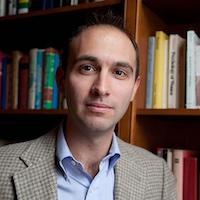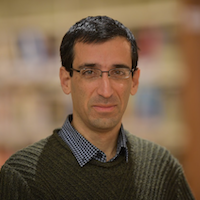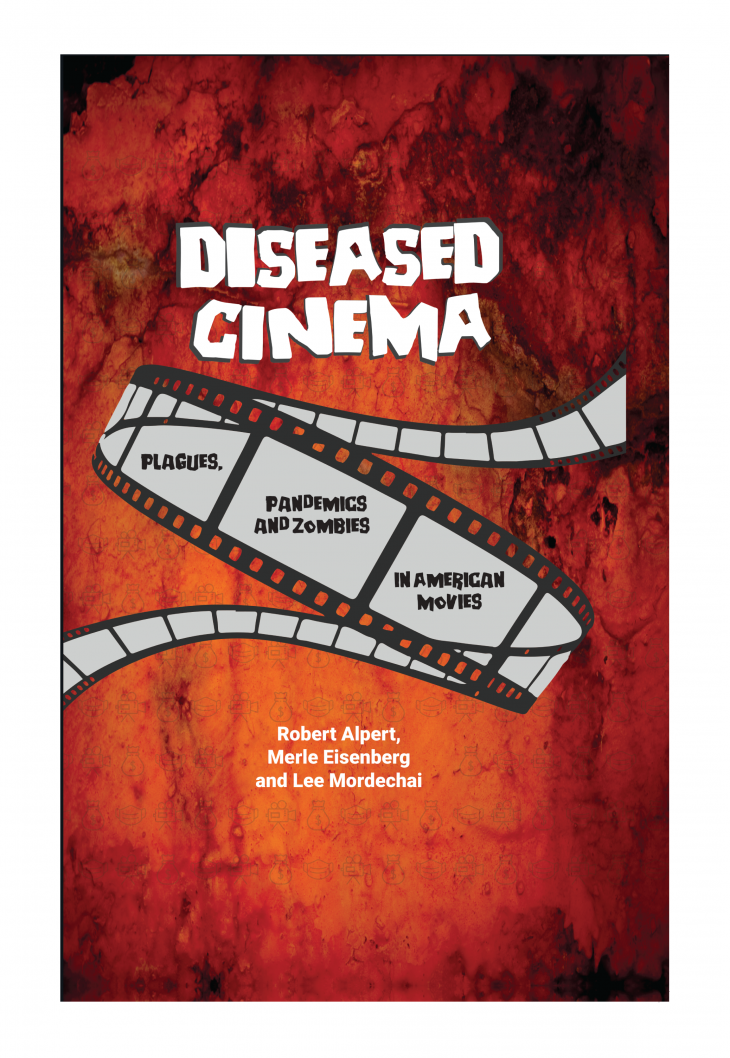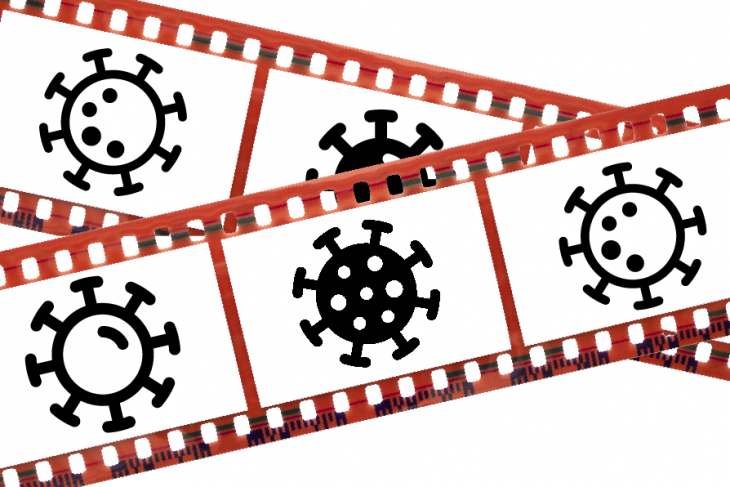A historic 6th-century plague outbreak and a fictitious 21st-century cinematic virus may have more in common than we’d think, according to a new book written by two researchers at the National Socio-Environmental Synthesis Center (SESYNC).
In Diseased Cinema: Plagues, Pandemics and Zombies in American Movies, former SESYNC postdoctoral fellows Dr. Merle Eisenberg and Dr. Lee Mordechai examine the stories we tell about diseases and how those narratives reflect changing socio-environmental conditions.
Currently, Eisenberg is an Assistant Professor at Oklahoma State University and Mordechai is a Shelby Cullom Davis Center Fellow at Princeton University.
The book stems from Eisenberg’s and Mordechai’s work at SESYNC studying the Justinianic Plague, a 6th-century pandemic long believed to have had catastrophic effects. Mordechai and Eisenberg explained that when studying pandemics of antiquity, there is limited data that is often challenging to use. Yet, despite lacking a plethora of supporting data, the prevailing narratives about these pandemics are that they destroyed empires, countries, and economies. As they worked on the historical pandemic, they began to wonder where such ideas came from.
“Why if everyone knows that this data is so difficult to work with, do you end up with these ‘massive stories’ that a pandemic causes the collapse of an empire or the end of antiquity, which are very frequently said, especially in the last 30 or so years?” posed Eisenberg.
They hypothesized that these ideas might relate to popular culture. So, they took their initial research project a step further and decided to investigate whether popular culture ties into society’s understanding of stories about disease—and if so, how. They settled on a century-old form of popular culture: films.
“I think SESYNC was instrumental in us coming to this extension of the project,” said Mordechai. “I think SESYNC gave us as historians, a different perspective on how to do collaborative work on one hand and expand these collaborations further—since both of us historians working together was not enough, we also brought on a third author whose expertise is in film studies.” He added, “On the other hand, also from SESYNC, we got this idea that we can and even perhaps should ask these meaningful questions that are maybe not common for historians straight out of their PhD.”


Eisenberg and Mordechai took on an interdisciplinary approach with this book, teaming up with their co-author Robert Alpert, an adjunct professor at Fordham University who studies films.
“Historians generally work by themselves,” said Eisenberg. “This is a collaboration that I think is really unique for people from a humanities background to write a book in which you bring together a film studies person and two historians. It’s very strange from our perspective, and I think that could have only been done with all the workshops and all the help that SESYNC provided on everything from the basics of collaboration to how to write stories,” he said.
“It’s also the environment at SESYNC in which such collaborations were not only legitimate but also valued,” said Mordechai. “SESYNC provided this background where we could essentially experiment with these ideas.”
With their co-author Alpert, Eisenberg and Mordechai looked at films from the 1920s to the present, focusing mostly on American films, but looking at some international films, as well. The trio looked at both realistic disease movies and more imaginative stories, as well.
Overall, they found a significant shift over time in how movies depict disease, reflecting how society thinks about public health more broadly. They explained how most films in the mid-20th century featured a disease that was containable with limited impacts, often using the trope of a courageous, white male medical doctor willing to sacrifice himself to find a cure and save a community. Acting as a functionary of the government, this doctor depicts public health in a positive light with everyone working together for the greater good. Films from this period tended to not include the environmental aspects that led to the outbreak.
In the 1990s, films shifted to featuring more globalized, uncontainable pandemics with the government failing and everyone focusing on individual, rather than collective survival. Over time, more films featured or ended with societal collapse rather than a cure.
Eisenberg and Mordechai found that despite the centuries that separate them, the stories surrounding the historic Justinianic Plague and fictional viruses of modern cinema shared similar messages.
“There are trends in the ways in which we see disease in the public discourse, and the same trends influenced both what we saw in movies and what we saw in research,” said Mordechai. “Maybe the best example would be the swift increase in interest in the drastic impacts of disease that really started in the 1990s. You get the same trend happening both in film and in studies on the Justinianic Plague. Public discourse influences research, as well as the stories that we tell through film.”
Eisenberg explained that in the context of disease the book shows that socio-environmental systems are extremely complex and have many factors: humans, the environment, and disease, and those are fundamentally structured into the way society works. Those structures drive the changes seen in the stories we tell.
Mordechai said, “The book also reminds us that when we talk about socio-environmental systems, we’re actually telling stories about them—whether we do that in conversations or whether we do it through our research.”
He added, “It reflects how the stories we tell change over time, and they change over time because we change over time. So, the stories that we used to tell 10, 20, or 50 years ago—some of them might still be relevant because we are kind of the same, but others have changed because we have also changed at the same time. That’s one of the ways in which I hope this book will be helpful to a broader audience.”
Learn more about their book, available here.

